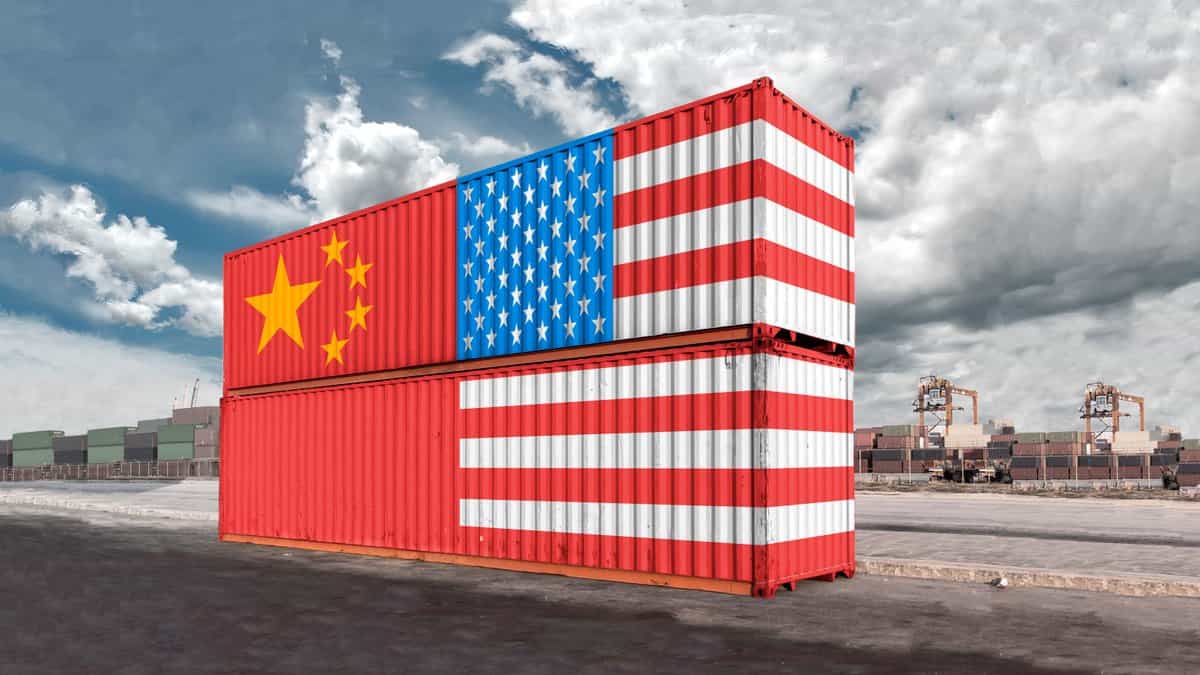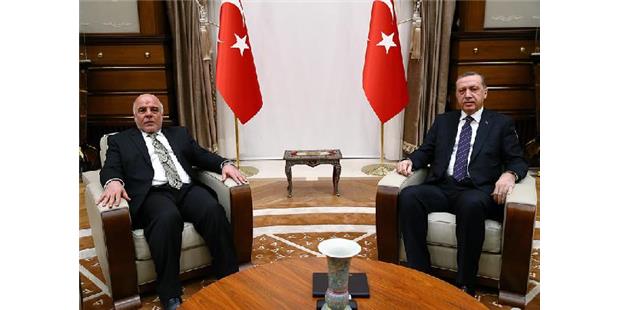Trade war enters new phase as China increases tariffs on US commodities

As the trade war between China and the USA enters new phase, China has raised tariffs on $60 billion worth of U.S. imports in retaliation to economic steps taken by Trump against China. Chinese administration also accused Washington of bullying Beijing and its partners in the region and damaging the global economy.
It was announced by Chinese officials that China had started collecting additional taxes of 5 and 10 percent on goods worth US$60 billion – coinciding with the time for Trump’s planned tariff hike on US$200 billion worth of Chinese imports to take effect.
To refresh our memories, both administrations had imposed a 25 per cent fine on US$ 50 billion worth of their goods in July, during the first round of the economic conflict which started with U.S. complaints about Beijing’s plans for creation of state-led robotics and some other technology industries. Looking at the developments in the economic war between two countries the picture is not very promising for achievement of a mutually satisfactory solution to be in favor of the whole world as well. Still, let us hope the other way round but have a look at prospects of China playing a leading role in the “not far” future.
Experts say China will be the new global boss in economy in the 2030s, together with the BRIC countries. This new situation will end the unipolar order of the United States.
China’s population is about 1.38 billion as of 2018 meaning one in five people in the world population is Chinese. On the other handChina’s economic success is largely macroeconomic, focusing on stable governments, high savings and investment rates, dynamic (and state-sponsored) trade, investment and industrial policies, patient-oriented, strategic planning, disciplined business ethics based on family ties, control of inflation and public deficits etc.
China’s rebirth has obviously been triggering one of the great transformations of the 21st century. This upswing will inevitably end the unipolar order of the US, but that does not necessarily mean that a bloody power settlement will take place. The US-led international order can remain dominant even when it includes a much stronger China. In the event of normal China’s strengthening and the erosion of the US position, China could use its growing influence to restructure the rules of the international system to take account of its own interests, while other states in the system could see China as an increasing threat.
The developments led by China should not be over overestimated, nor should they be underestimated. The West still maintains its relative superiority in certain areas. Of course, it will not withdraw from the scene and hand over its position to the BRIC group of China, India, Russia and Brazil, at once.
What would happen is, only traditional balances would be displaced and all parties would determine their positions in the global system in parallel to their power. By the 2030s, the group led by China and India would be dominating global economy – unless an unexpected tremendous political turmoil or natural catastrophe is incurred in the world.
There is no doubt that the US administration is also aware of this picture and must have already been looking for remedies to prevent the undesired consequence. However as a Turkish proverb goes “fear is not good enough to avoid fate” and unless a sufficient solution is worked out by the US in the not too far future, it seems that China – together with other Bric countries – will be the new leading power in the world of economy by 2030s.





